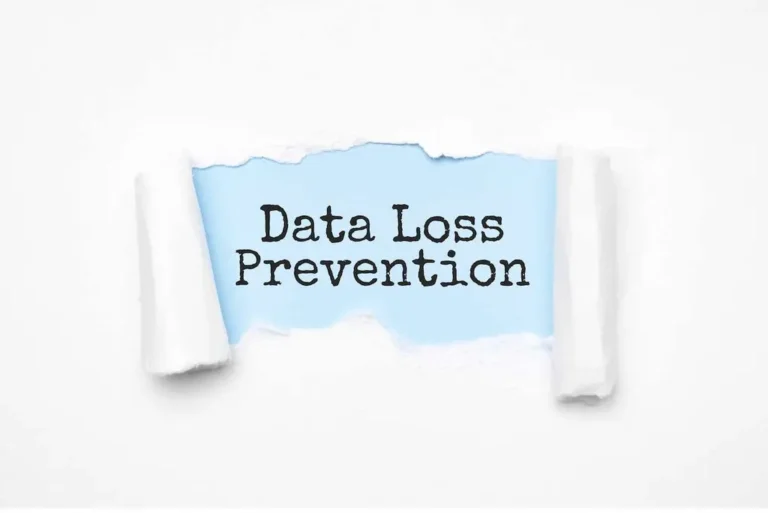Asset Lifecycle Administration (ALM) empowers organizations to optimize efficiency, scale back costs, and maximize asset worth at every phase—from planning and procurement to operation, maintenance, and retirement. Not Like reactive strategies, ALM makes use of crm development real-time data, predictive analytics, and cross-team collaboration to make proactive decisions that align with enterprise targets. Governance specifies the selections we make concerning the applying which includes planning how the method executes, and the way it will benefit business and end-users.
In-house Growth Vs Outsourcing: Which To Use?
Understanding and implementing these principles can increase operational efficiency, improve security measures, and elevate consumer satisfaction, paving the way for sustained success. Nowadays, with extra applications being cloud-hosted, and launch cycles being brief, groups not develop and test in isolation — it will not make sense, like it as quickly as used to. The dev teams right now check new updates in production-ready environments, and they do it with DevOps tools and processes. This means, they will gain visibility, and observe each new alteration within the code, to ensure they have efficiently passed into production. This implies that the ALM instruments the group makes use of can combine with CI (Continuous Integration) servers, proving that ALM and DevOps go hand in hand.

Environment Friendly ALM practices usually lead to cost financial savings in the long run as a end result of decreased rework, quicker time-to-market, and enhanced software program high quality. Evaluating the efficacy of your Application Lifecycle Administration (ALM) practices is crucial in the fast-paced world of software development. By understanding how well your ALM processes perform, you can also make needed changes, making certain optimum outcomes and aligning your strategies with broader enterprise aims. When your ALM strategy is harmonized with other enterprise processes, it leads to more cohesive software program development, improved product high quality, and elevated buyer satisfaction.

This Agile method encourages groups to continually validate their work, that means designing to testing is revisited a number of instances in the course of the development phase for continuous enchancment. Each stage is completed only once, emphasizing danger management and quality assurance. The journey begins with requirements identification, adopted by the development phase, deployment, and finally, maintenance.
- Integrating ALM with IT operations ensures that the software, once developed, is efficiently deployed, monitored, and maintained.
- As A Outcome Of organizations are more and more reliant on purposes to achieve business objectives, it’s important to have tools and applied sciences that can help deliver apps that meet customers’ wants.
- The application growth process begins after the approval of the outline for the applying or replace.
- As a rule of thumb, corporations are really helpful to look for instruments that can be integrated into all three ALM stages.
- To observe, an application’s life cycle begins from the moment we conceive the preliminary thought; up till the second it becomes redundant.
Utility Testing Example
→ Analyze consumer engagement to establish friction points and optimize enterprise processes. → Guide customers by way of complicated apps with contextual, role-based in-app guidance. An application owner is a stakeholder liable for alm tool meaning the management and success of a particular enterprise application, like an HCM, CRM, or ERP.

Also, it’s worth stating that, even today, many teams naturally apply certain ALM aspects — along with the aforementioned methodologies — in the improvement course of, with out actually knowing it. In other words, they haven’t set the trail for an outlined process round these concepts; yet, that’s exactly what they want to do, to streamline the development course of. Indeed, identifying the whole ALM process, with its particular levels — and faithfully following along, step-by-step — will enhance both their productivity and the standard of the software program they’re creating. Application lifecycle administration helps agile and DevOps improvement approaches by integrating these disciplines together and enabling teams to collaborate more effectively on your organization.. Profitable ALM implementation bridges technical excellence with organizational targets, guaranteeing that functions not only function correctly but ship meaningful enterprise worth. In essence, ALM serves because the backbone of modern software program growth practices.
In addition, it permits teams to deploy applications — together with updates — faster. The company gains a competitive edge, by guaranteeing delivery of top-quality purposes, quick, to end-users. Utility Lifecycle Management (ALM) and Software Program Development LifeCycle (SDLC) are two phrases we commonly use interchangeably, even though they describe different things. The fact is that ALM extends over SDLC; that goes to say, software lifecycle administration is way broader than the software growth lifecycle.
What’s Git Add? Discover Methods To Stage Adjustments Quick
Groups set up timelines and requirements for testing through the improvement stage. The Lifecycle Modeling Language (LML) is a straightforward, extensible, open-source modeling language designed to help the techniques engineering growth lifecycle of complicated systems. In specific, LML supports activities including necessities, architecture, design, implementation, testing, deployment, and upkeep. As a part of its inspiration, LML was developed to speak value, schedule, performance, and design data extra successfully to technical and non-technical stakeholders.
Yet, every of the three levels is challenging, on its own; let alone, hanging a stability between the three. Notwithstanding, using the right tools, and applying the right methodology — or the right mixture of methodologies — can greatly assist make the ALM process simpler. It’s additionally essential to notice that, on this stage, the staff can follow a software program development methodology that will assist carry the whole process on smoothly. This methodology used to be drawn upon linear sequential fashions, just like the Waterfall model.
Quality assurance groups create take a look at instances to check every aspect of the appliance, together with safety and efficiency. Many organizations use steady integration to routinely check new code because it’s added. Enterprise stakeholders additionally check the app to verify it meets their expectations.
The operations stage includes all the work required to run and manage the application. Usually, it begins proper before deployment is full, and stops working after we take away https://www.globalcloudteam.com/ the appliance from service. Consequently, operations are intimately connected to the event stage; and, as with the event, Ops, too, is a long-running process.
If you’re planning an incremental and test-driven approach in your subsequent application, you probably can contemplate ALM. There are several instruments that can assist through the completely different stages of growth and planning. As a number one cell utility improvement company, Space-O Technologies has delivered succesful solutions with ALM. You can look through our portfolio and assets to learn more about how we applied ALM. The numerous tools for ALM fall beneath totally different classes, corresponding to model control, team communication, necessities management, testing tools, code administration and maintenance tools.
ALM makes sure that the event staff meets the enterprise requirements for the project. It streamlines the workflow and helps deploying high-quality software often. It supports us in delivering enterprise-grade software program merchandise extra rapidly because of repeated high quality assurance exams. Utility Lifecycle Management is the continuous course of that includes managing the applying from its preliminary stages from an idea through to its management and till the end of life.

